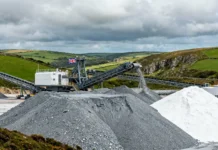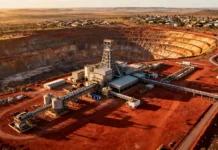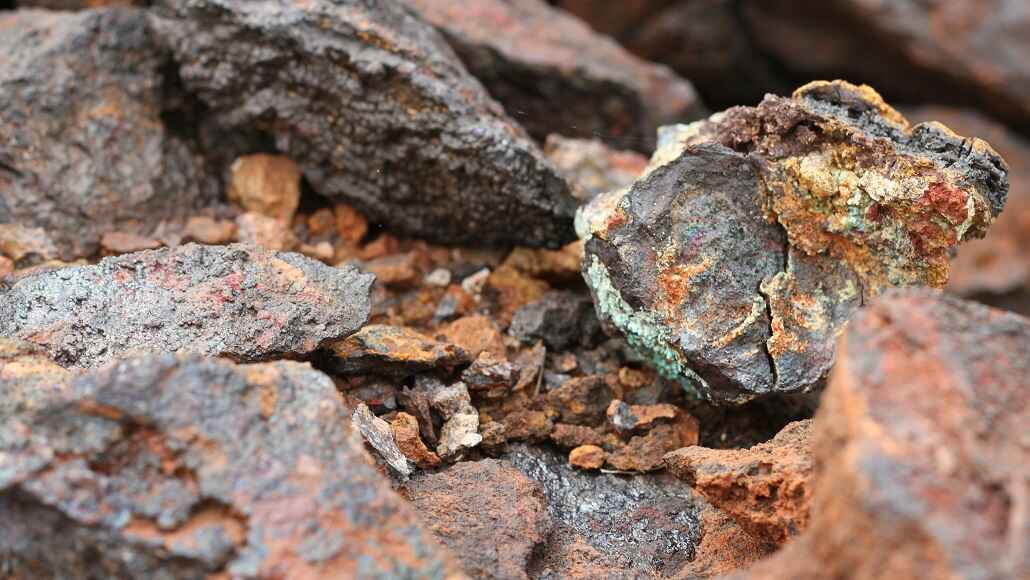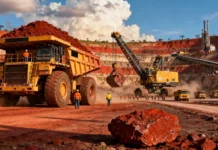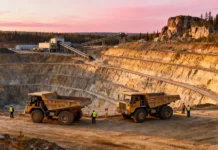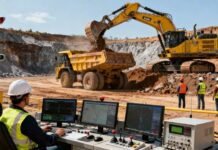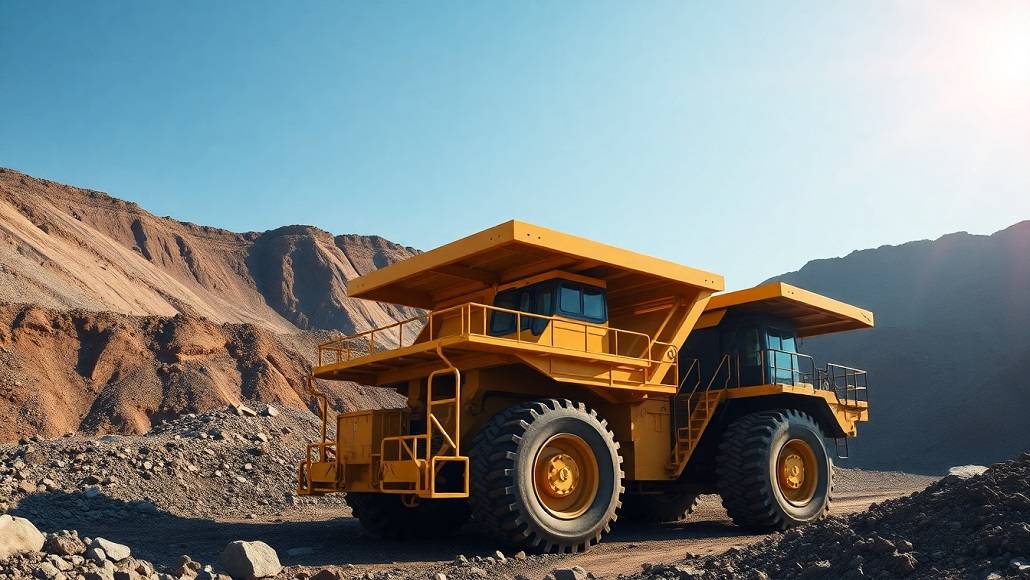The next paradigm when it comes to mining efficiency lies not beneath the surface of the earth, but above it. Yes, we are talking about operational data. Digital transformation in mining sector has gone beyond back-office planning systems and pierced the very core when it comes to equipment operations. Among the most promising developments that are seen happen to be Automated anomaly detection systems along with next-generation communication infrastructures when it comes to underground mines. These technologies promise to elevate safety, decrease the downtime, and also make utmost use of utilization by shaping a more intelligent as well as responsive mining spectrum.
In today’s world of high stakes in the mining environment, an unplanned equipment downtime can be a big expense for operators because there would be millions that would be lost in production and maintenance overhead. The traditional preventive maintenance approaches are no longer effective, and this is where machine learning, which is powered by anomaly detection, comes into the picture. These systems collate the real-time telemetry coming from haul trucks, conveyor belts, and drilling rigs, as well as support equipment. By evaluating the patterns when it comes to temperature, vibration, consumption, and load cycles, these algorithms then go ahead and flag certain subtle anomalies much before human operators would go ahead and detect them.
This sort of predictive capacity not just decreases the catastrophic failures, but at the same time it also enables just-in-time interventions, which decrease the cost of repairs as well as the inventory of spare parts therefore stamping the authority of automated solutions in mining equipment. Unlike the threshold-based altering systems, machine learning models happen to evolve with functional context, thereby adapting to equipment age, usage variations, and also shifts within environments. Such self-learning systems decrease the false positives and also make sure that the maintenance teams can step up to the tasks with immense confidence.
In a similar way, underground mining communications have also started to witness significant upgrades. Previously plagued due to signal interruptions along with latency issues, underground networks are now making utmost use of mesh topologies, edge computing, and also optical backbones in order to maintain very strong connectivity within the complex networks across tunnels. This kind of enhanced connectivity enables continuous data streaming coming from equipment, thereby helping centralized control rooms to track the equipment health, movement of personnel, and also conditions of the environment, and that too in real time.
It is well to be noted that advanced communication infrastructure also helps autonomous as well as semi-autonomous operations. Right from automated ore loading to controls of smart ventilation, the underground systems are increasingly becoming dependent on uninterrupted, high-bandwidth communication. Real-time video feeds, AI-guided robotics, and LiDAR-based navigation are all becoming feasible only because there are certain breakthroughs that have taken place in communication.
In addition to this, these technologies also play a very crucial role when it comes to elevating the safety of mines. By way of integrating the machine learning anomaly detection along with the underground communications, the operators can get early warnings when it comes to potential cave-ins, malfunction in equipment, or even environmental hazards such as gas leaks. Workers can be notified in an instant and also get evacuated, thereby minimizing any kind of human risk and also response time.
What’s the outlook forward?
Digital as well as automated solutions in mining equipment are indeed reshaping the sector’s operational universe. Predictive maintenance, which is powered by machine learning, happens to offer more intelligent choices for certain reactive fixes, while at the same time the advanced underground communication systems, make sure of a consistent awareness of the situation and also command responsiveness. Together they go on to form the backbone when it comes to next-gen digital mines. Going forward, integration is going to be the key. Unified platforms that consolidate the telemetry, personal tracking, data on the environment, as well as predictive insights are going to provide the operators with a complete view when it comes to their operations. As the sector takes into account productivity requirements along with sustainability, digital infrastructure will no longer be a nice-to-have element but a core asset. The minds of the future are not only going to dig deeper, but they are also going to think in a much smarter way.




